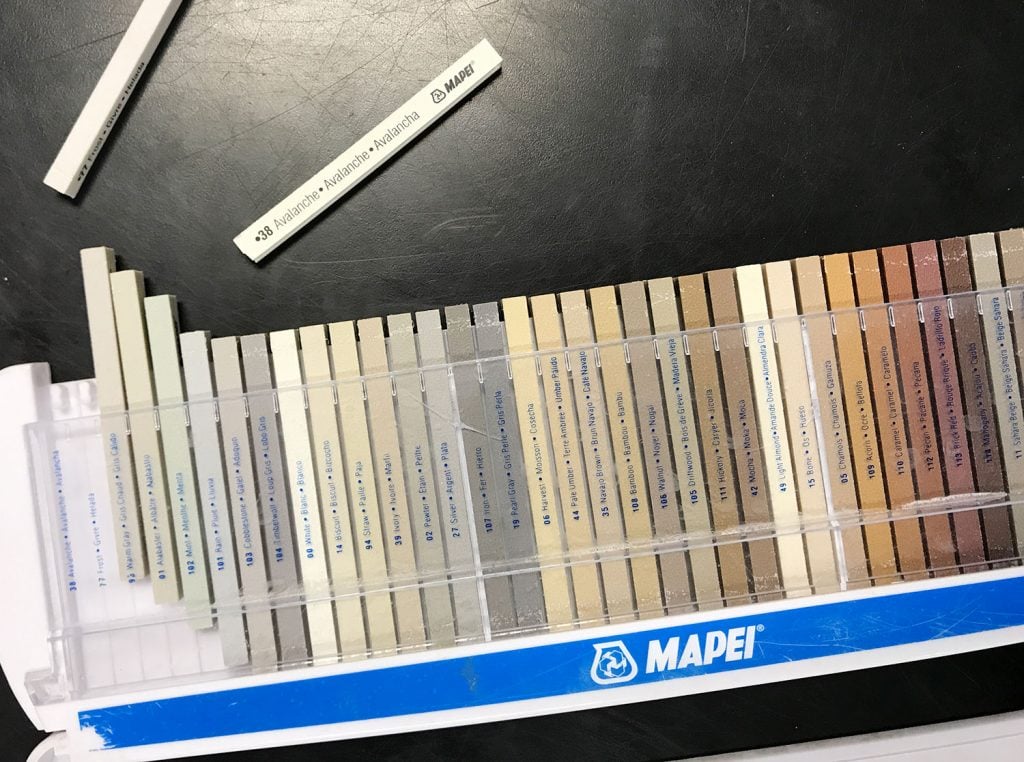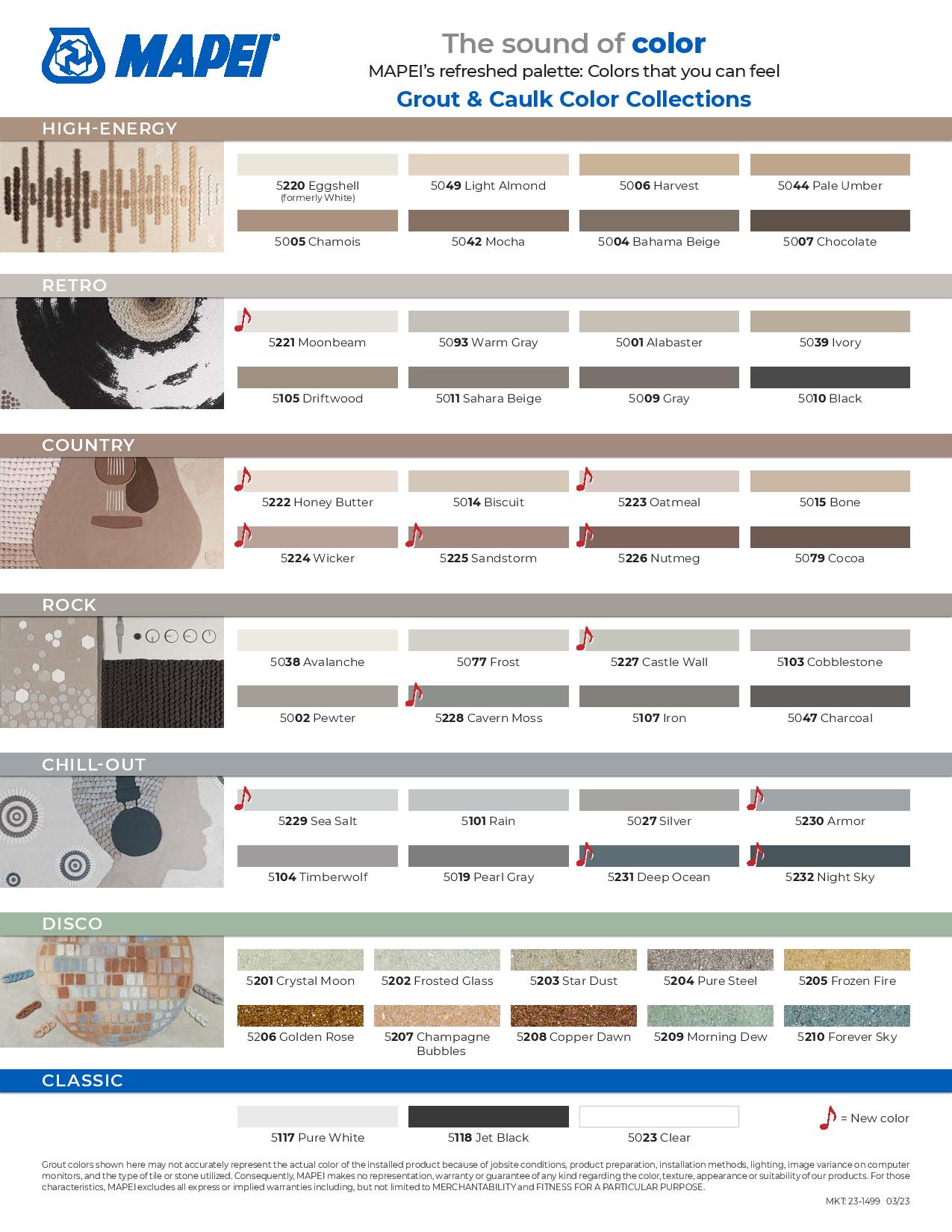When it comes to home improvement, one of the often-overlooked elements is grout. Many people don’t even think about it until the floors are installed and the seams become more visible. As someone who has spent countless hours navigating through tile flooring projects, I can tell you that choosing the right grout can make all the difference. This article will delve into everything you need to know about Floor and Decor grout, from types to applications, tips for maintenance, and more.
What is Grout and Why is it Important?
Grout is a mixture of water, cement, sand, and sometimes other additives. It fills the spaces between tiles, providing structural integrity while also acting as a barrier against moisture, dirt, and debris. Thus, selecting the right type of grout is crucial for ensuring the longevity and aesthetics of your tiled surfaces.
Types of Grout
There are three main types of grout you’ll encounter when shopping at Floor and Decor:
- Cementitious Grout: This is the most common type, composed of sand, cement, and water. It’s suitable for most projects but may require sealing.
- Epoxy Grout: Known for its durability and resistance to stains, epoxy grout is ideal for areas with high moisture, like kitchens and bathrooms. It’s more expensive and can be trickier to install.
- Furan Grout: Made from resins instead of cement, furan grout is highly resistant to chemicals and is often used in industrial settings.
Choosing the Right Grout at Floor and Decor
Selecting the right grout is a critical step in your tiling project. Here are some factors to consider when visiting Floor and Decor:

Tile Size and Joint Width
The type of grout you choose might depend on the size of your tiles and the width of the joints between them. Larger tiles typically require a thicker grout, while smaller tiles can use a more fluid mix.
Location
Consider where the tiles will be placed. For wet areas such as bathrooms and kitchens, selecting a grout that is resistant to water and stains is imperative. Epoxy grout often comes out on top in these scenarios.

Comparison Table of Grout Types
| Type of Grout | Best Uses | Pros | Cons |
|---|---|---|---|
| Cementitious Grout | General use, home installations | Affordable, easy to find | May require sealing, less stain-resistant |
| Epoxy Grout | Bathrooms, kitchens, high moisture | Stain resistant, strong | More expensive, harder to work with |
| Furan Grout | Industrial applications | Highly resistant to chemicals | Complicated installation, not for DIY |
Color Selection and Aesthetic Appeal
Grout isn’t just about function; it also plays a significant role in the aesthetic of your space. Here’s how to choose the right color:

Matching vs. Contrasting Grout Colors
Matching grout can create a seamless look, while contrasting colors can highlight the tile pattern. Take the time to hold samples against your tiles to see how they interact in natural light.
Installation Process of Floor and Decor Grout
Installing grout may seem daunting, but with the right tools and guidance, it can be a rewarding experience. Here’s a step-by-step guide based on my personal experience:

Tools You’ll Need
- Grout float
- Bucket for mixing
- Sponge
- Sealer (if using cementitious grout)
- Tile spacers
Step-by-Step Installation Guide
1. Prepare Your Tiles
Ensure the tiles are clean and dry. Remove any spacers used during tile installation.

2. Mix the Grout
Follow the instructions on the grout package for proper mixing ratios. Stir until you achieve a paste-like consistency.
3. Apply the Grout
Using the grout float, apply the mix diagonally across the tiles. Make sure to press into the joints to fill all gaps.

4. Clean Excess Grout
Once the joints are filled, use a damp sponge to wipe away excess grout. Be careful not to remove grout from the joints.
5. Allow to Cure
Let the grout cure as per the manufacturer’s instructions, usually around 24 to 72 hours, before applying any sealer.
Maintenance and Care for Your Grout
Proper maintenance ensures your grout remains in great condition. Here are some tips based on years of trial and error:
Daily Cleaning
Wipe down surfaces with a damp cloth and mild detergent regularly. Avoid harsh chemicals that can erode the grout.
Deep Cleaning
For grout stains or discoloration, consider using a mixture of baking soda and water or an eco-friendly cleaner. Apply the solution, allow it to sit, and scrub gently before rinsing.
Sealing Grout
If you’ve used cementitious grout, sealing it is crucial for prolonging its life. Depending on usage, consider sealing every 6-12 months.
Common Mistakes to Avoid
Through personal experiences, I’ve encountered various pitfalls during grout selection and installation. Here are some key mistakes to avoid:
Not Considering Joint Width
Choosing the wrong grout type for the joint width can result in cracking. Make sure to check the manufacturer’s recommendations.
Rushing the Installation
Grout installation is not a race! Allow adequate time for each phase to ensure a smooth and attractive finish.
Neglecting Cleanup
Failing to clean excess grout promptly can lead to a messy finish and hard-to-remove residue.
FAQs About Floor and Decor Grout
1. What is the best grout for bathrooms?
Epoxy grout is highly recommended for bathrooms due to its water and stain resistance, making it ideal for high-moisture areas.
2. How often should grout be sealed?
Generally, cementitious grout should be sealed every 6 to 12 months, depending on the level of foot traffic and moisture.
3. Can I use grout on outdoor tiles?
Yes, but ensure to choose a grout type that is durable and suitable for exterior use, such as epoxy grout.
4. What should I do if my grout cracks?
Cracked grout can be removed and replaced. You may need to reapply new grout and seal it properly.
5. Is colored grout a good option?
Colored grout can add a unique touch to your tiles, but be aware that darker colors may show stains more easily.
Final Thoughts
Choosing the right grout at Floor and Decor is crucial for the success of your tile installation. From understanding different types to proper maintenance and installation techniques, being well-informed makes a world of difference. My journey with grout has taught me that it’s not just about filling spaces; it’s about creating beautiful, lasting surfaces that you can enjoy for years. Happy tiling!